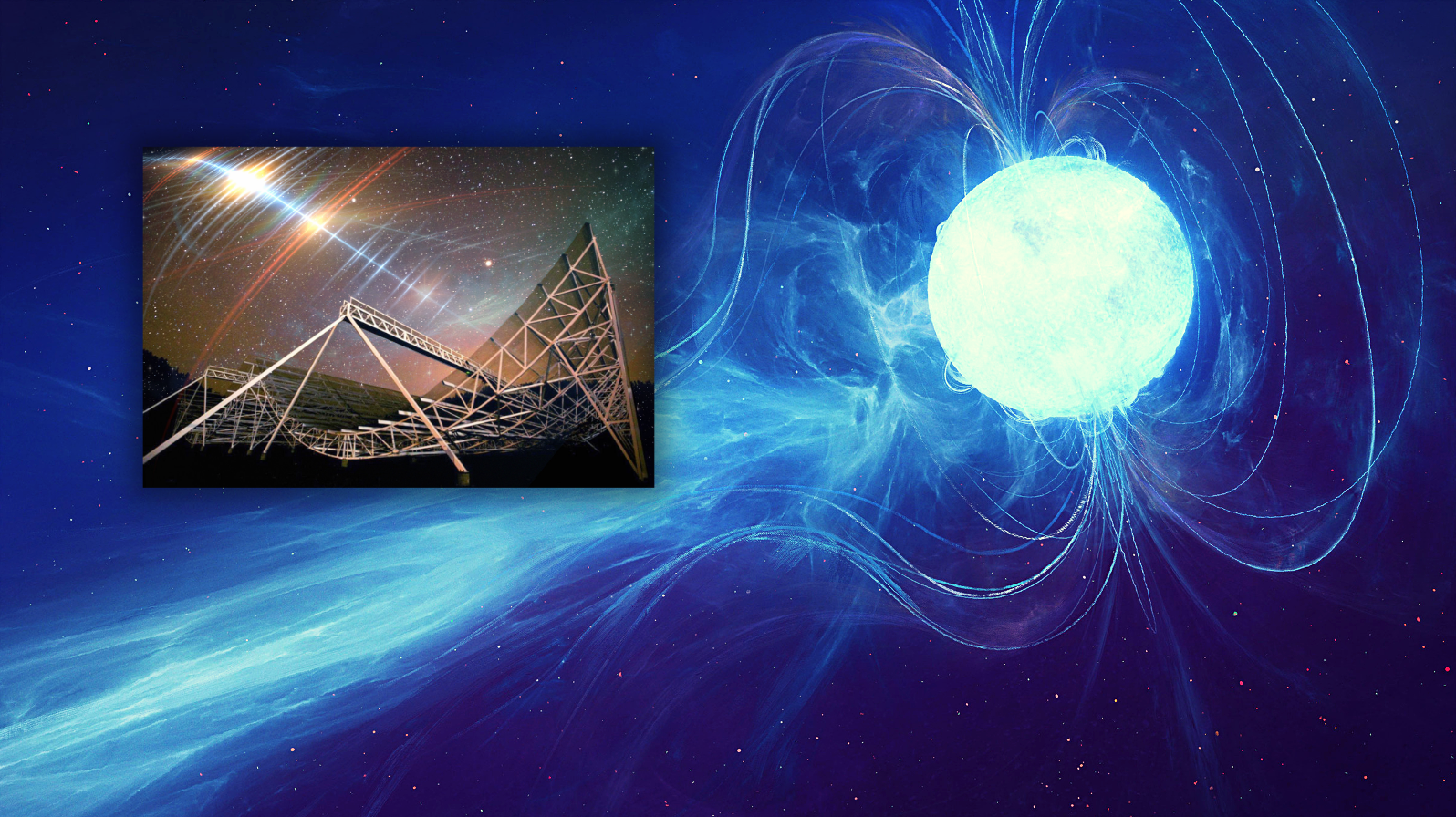Uncategorized
Scientists Discover Brand New ‘Fast Radio Burst’, A Signal From Deep Space That Pulsates Like “Heartbeat”
This FRB beats at regular intervals, similar to the way a heart does.

A fascinating new kind of fast radio burst (FRB) has been discovered by astronomers. This FRB beats at regular intervals, similar to the way a heart does.
The signal, which has been given the designation FRB 20191221A, is the FRB with the clearest periodic pattern and the longest duration ever found. It repeats every 0.2 seconds for a period of up to three seconds. According to the statement, this is about one thousand times longer than similar signals of the same kind.
Since the first FRB was found back in 2007, astronomers have been left perplexed by these mysterious signals. These unexplained flashes are very powerful, and they let out a tremendous amount of energy in a very little period of time.
Even while it might be argued that we are coming closer to comprehending what they are and where they originated, discoveries such as this most recent one just serve to raise additional questions.
The FRB 20191221A signal originated in a galaxy that was located a few billion light-years distant from our own.
In the statement, Daniele Michilli, an astronomy postdoc at MIT and a coauthor of a recent publication about the finding that was published in the journal Nature, emphasized the significance of the discovery:
The signal is “very long, lasting about three seconds” and features“periodic peaks that were remarkably precise, emitting every fraction of a second — boom, boom, boom — like a heartbeat,” he says. “This is the first time the signal itself is periodic,” he added.
The origin of these signals may still be a mystery, but scientists are getting closer to finding an answer: the signal, like many other FRBs out there, may have originated from a magnetar, which is the highly energized and spinning remnants of a collapsed star.
“There are not many things in the universe that emit strictly periodic signals,” said Michilli. “Examples that we know of in our own galaxy are radio pulsars and magnetars, which rotate and produce a beamed emission similar to a lighthouse,” he explained. “And we think this new signal could be a magnetar or pulsar on steroids.”
Typos, corrections and/or news tips? Email us at Contact@TheMindUnleashed.com
